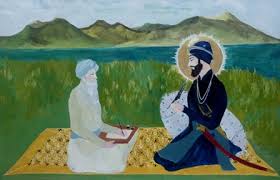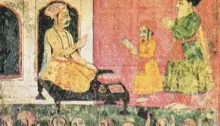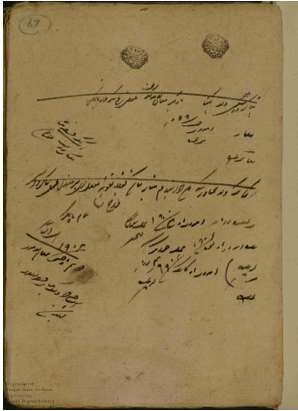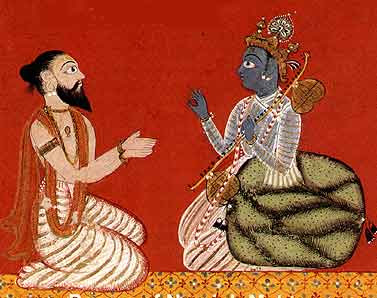Bhagwan Singh (1850 - 1902) born in the village of Marajh, now in district Bhatinda in 1850,has given the story of Heer a popular rural colour characteristic of the Malwa or the southern region of Punjab. It is written in the classical Kabit form in the Hindu tradition. Sohni Mahival and Mirza Sahiban are two of his other issas besides which he has written many popular stories in verse-form.
- 1
- 2











